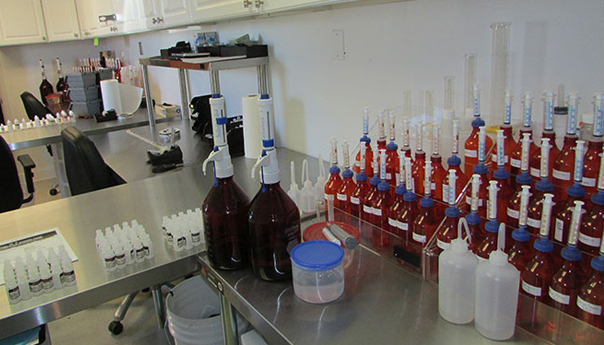E-Cigarette Safety: Only As Safe As Their Ingredients

If quality is Job No. 1 to Ford, e-cigarette safety is Job No. 1 for anyone who’s serious about e-cigarettes. Why should we care about e-cigarette safety? Because consumers are concerned about the safety and quality of these newer devices. Because without a doubt, the U.S. Food and Drug Administration (FDA) will get more vigilant and involved in regulating them. And because it’s simply good business.
The good news for e-cigarette manufacturers, users and advocates is that research into the safety and efficacy of e-cigarettes constantly is being conducted. With each passing day, we hear new and positive news about their safety and the benefits to smokers who make the switch.
But there’s one thing we know to be true: e-cigarettes only are as safe as what’s inside them. In other words, the whole is only as good as the sum of its parts.
ere in the U.S., the battle is focused on creating a new classification of products called “Tobacco Harm Reduction.” This clearly is where e-cigarettes would fit, since studies and anecdotal stories demonstrate that e-cigarettes reduce the harm caused by habitual smoking.
Our educated guess is whatever the FDA decides to do, they could well step up the inspection and regulation of the ingredients used inside e-cigarettes. They even could eventually require e-cigarette manufacturers to only use pharmaceutical-grade ingredients to ensure their quality.
Shedding New Light on E-Cigarette Safety
Recently, a new study of the chemistry of e-cigarettes, conducted by Igor Burstyn, Ph.D., of Drexel University’s School of Public Health, allays fears about the quality and toxicity of the substances inside e-cigarettes. Called “Peering through the mist: What does the chemistry of contaminants in electronic cigarettes tell us about health risks?,” the study reviewed more than 9,000 observations about the chemistry of the vapor and liquid inside e-cigarettes.
In short, they concluded that e-cigarette users are exposed to insignificant levels of contaminants—far below levels that would pose any health risk. The study also confirmed that there is no serious concern over contaminants such as formaldehyde or acrolein in the liquid when subjected to normal heating levels. And, it also put to rest any concern about ethylene glycol or diethylene glycol, which was blown way out of proportion when it was found in a single sample of an early product. The report does say that the carrier chemicals propylene glycol and glycerin might merit further study, not because their exposure is thought to cause health problems, but simply because the magnitude of the exposure is novel in frequent or prolonged e-cigarette use. Again, the quality of these ingredients may well come under greater scrutiny.
The FDA’s Next Move
The FDA continues to decide how to regulate the e-cigarette industry, and this month (October), the Center for Tobacco Control (CTP) intends to issue a Notice of Proposed Rulemaking on tobacco products, including e-cigarettes. Whatever they rule could have a profound impact on e-cigarette manufacturers.
Back in 2011, the FDA lost the battle to regulate e-cigarettes as drug delivery devices. However, in the EU, it’s a whole different story, where this past summer, the European Parliament Committee on Environment, Public Health and Food Safety adopted a new Tobacco Products Directive, classifying e-cigarettes as medicinal products
Source: http://vapenewsmagazine.com/november-2013/e-cigarette-safety-only-as-safe-as-their-ingredients
